Troubleshoot slow internet speeds
Before we jump into troubleshooting tips, here's a quick reminder that the speed you see on any one device will differ from your plan speed.
If your internet speed is slower than it should be, learn how to speed it up. Watch the video below or read the tips.
Video: How to troubleshoot slow or spotty internet
Troubleshooting tips for slow or spotty internet
Check the following to improve a slow or spotty connection:
These tips work for modem/gateways and for SmartNIDs with 360 WiFi.
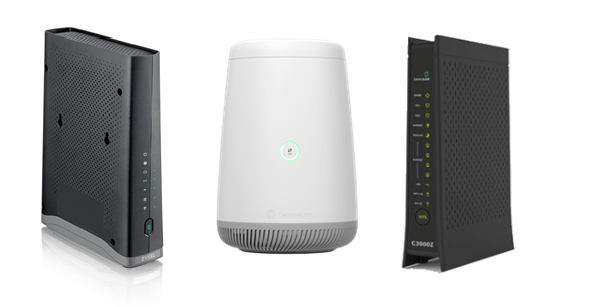
Gateway modems: C3510XZ, C4000XG, and C3000Z (from left to right)
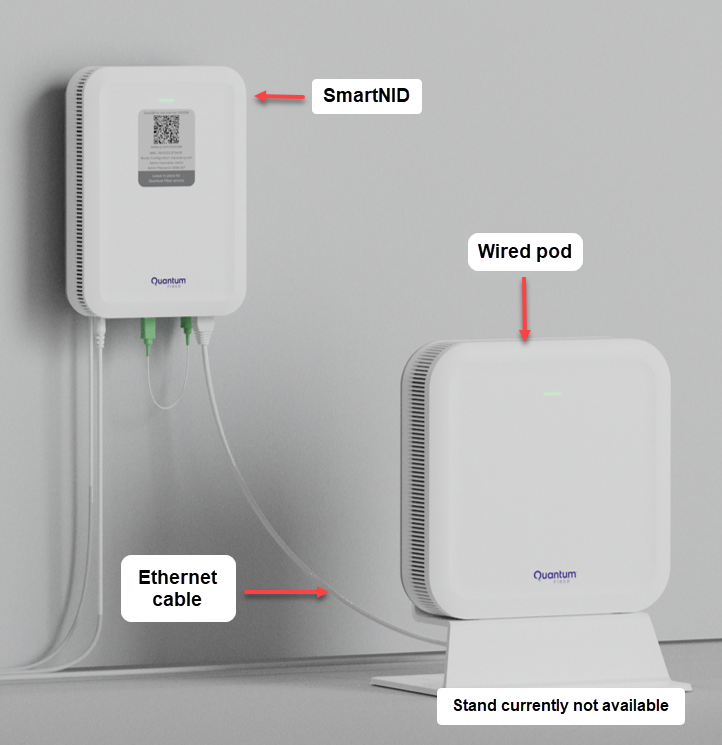
SmartNID and primary 360 WiFi pod. Your pod style may be different from the one pictured.
Check your equipment
Check the cords
Check the status lights
You can check the status light on the front of the SmartNID to learn about the connection.
| Light color | Description |
| Solid red | Hardware test |
| Blinking red | Failed hardware test; call or chat for help |
| Blinking blue | Syncing with the network |
| Solid blue | Syncing complete; ready for use |
| Solid amber | Waiting for authentication |
| Solid green | Connected |
| Solid white | Transparent bridge mode (advanced) |
| Off | Not connected |
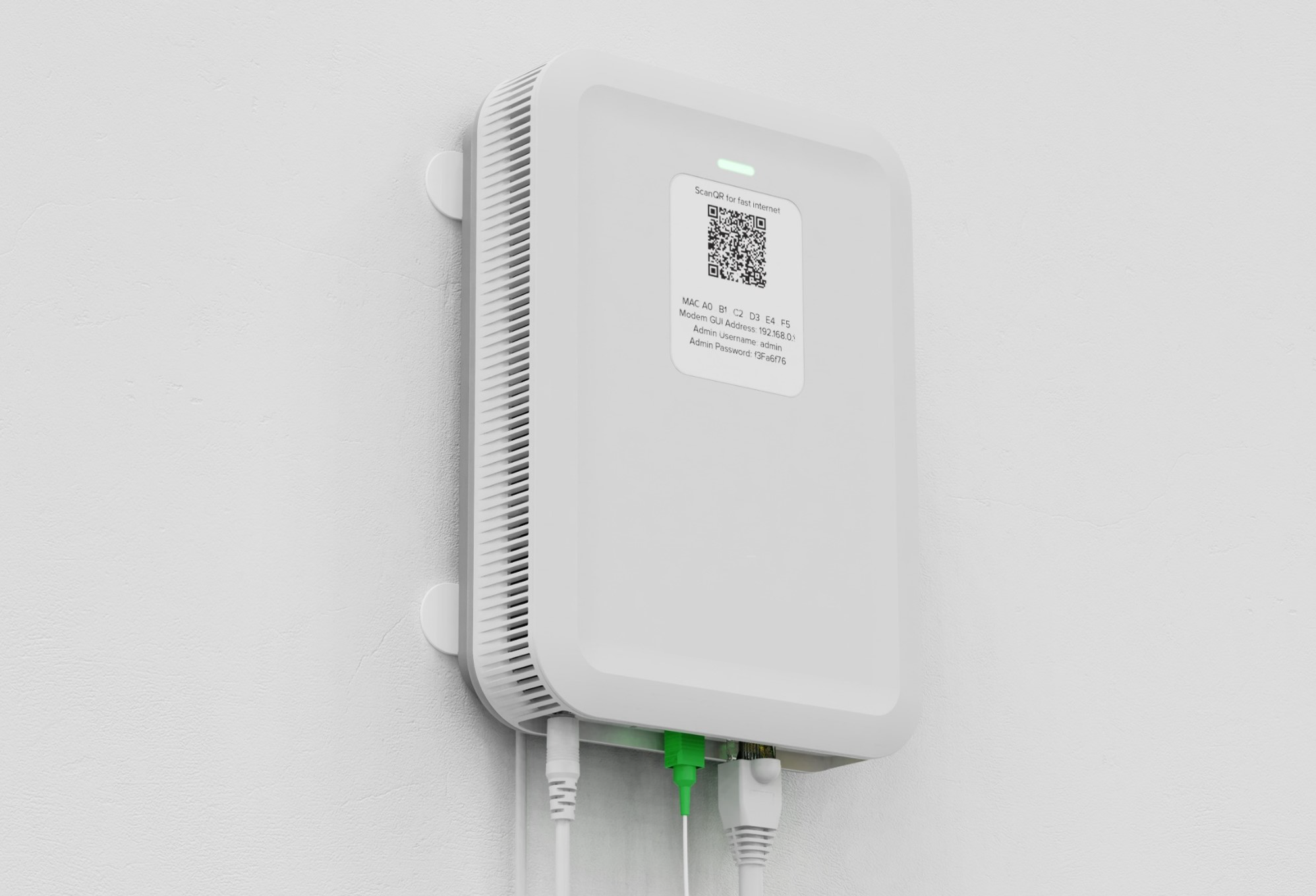
Front of SmartNID showing green status light: Connected
The Ethernet cord plugs into any one of the yellow Ethernet ports on the back of the router. Once this is connected, the light ring on the front of the router will turn solid green.
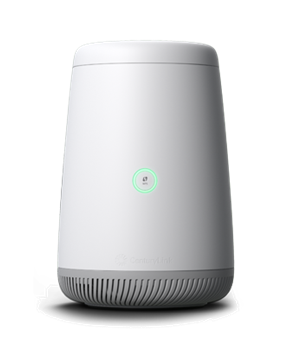
The C4000XG modem has one status light ring on the front.
No green light?
If the light is off, it means you aren’t connected to the network. The most common causes of this are loss of power to the terminal (ONT) or an unplugged network cable.
Start by checking the physical connections and plugs:
- Make sure you have an Ethernet cable plugged into a yellow Ethernet port on the back (see picture above) and into your fiber jack or terminal.
- Make sure the power cord is plugged firmly into the power port and into a working outlet.
- Check to see whether any electrical breakers or outlets with circuit breakers in them have been tripped. If your fiber terminal was installed in your garage or outside your home, it's likely that it plugs into a ground-fault circuit interrupter (GFCI) outlet. These have built-in circuit breakers that can trip when there is an overload or other issue with the electrical current.
Still no green light?
If your status light light is still off, red, or is flashing red and green, please contact us to get help from a technician.
| Light ring color | Description |
| Blinking blue; solid blue | Booting up; syncing with the network |
| Solid green | Connected |
| Solid red | Network failure; call or chat for help |
| Flickering green (fast) | Sending or receiving data |
| Blinking green | WPS trying to connect to a device |
| Blinking red | WPS connection failed |
| Blinking amber-green or amber-white | Updating firmware |
| Blinking green-red | Network issue; call or chat for help |
| Off | Not connected to the network |
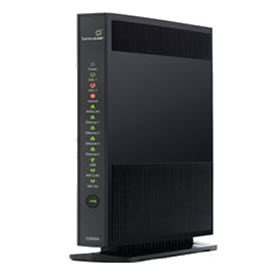
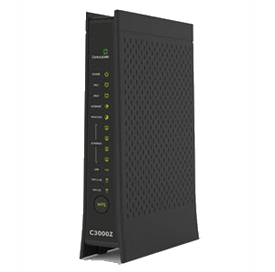
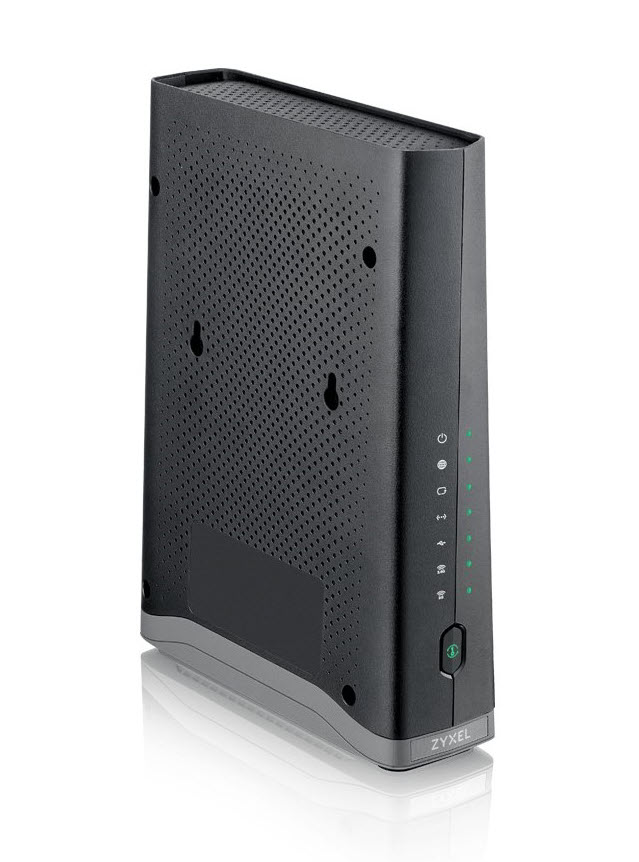
Gateway modems with multiple status lights: C3000A, C3000Z, and C3510XZ (from left to right)
The fiber connection plugs into to the WAN port on the back of the router. Once this is connected, you will see solid green WAN light on the front.
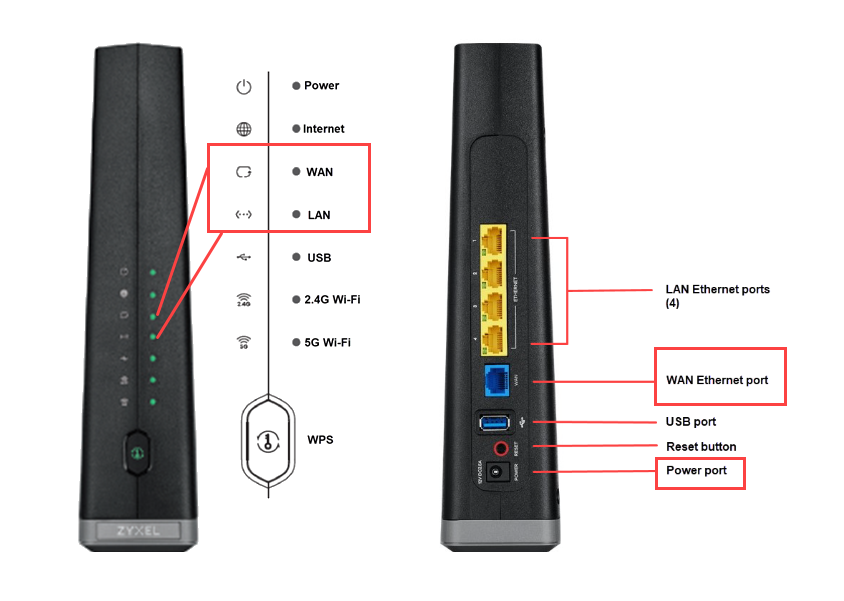
Lights and ports on the C3510XZ modem. Each type of modem may differ slightly, but the light colors will be the same.
No WAN light?
The Wide Area Network (WAN) light shows that your router is connected to the fiber terminal. If this light is off, it means you aren’t connected to the network. The most common causes of this are loss of power to the terminal (ONT) or an unplugged network cable.
Start by checking the connections from the back of the modem (see image above for reference):
- Make sure you have an Ethernet cable plugged firmly into the WAN port and into your fiber jack or terminal.
- Make sure the power cord is plugged firmly into the power port and into a working outlet.
WAN light still not on? Check to see whether any electrical breakers or outlets with circuit breakers in them have been tripped.
If your fiber terminal was installed in your garage or outside your home, it's likely that it plugs into a ground-fault circuit interrupter (GFCI) outlet. These have built-in circuit breakers that can trip when there is an overload or other issue with the electrical current.
No INTERNET light?
If you have a green WAN light but no internet light, it's an issue for the Quantum repair team. Please contact us to get help from a technician.
Restart your modem or SmartNID
Modems can occasionally get bogged down, which can lead to a sluggish or unstable connection. Many common connectivity problems can be solved by simply restarting your modem. If you have a C5500XK or C6500XK (SmartNID), be careful not to disconnect the green fiber cables.
Check your WiFi setup
It's always worth looking at your WiFi setup if you're struggling with speed issues. Internet problems can often be caused by a weak WiFi signal. Here are some ways you can make sure your WiFi is running as fast as possible.
Be sure each 360 WiFi pod is plugged into a dedicated wall outlet. We do not recommend plugging WiFi pods into a power strip, extension cord, or three-way splitter.
In addition, be sure pods are placed where they are free of physical barriers. Try to avoid blocking by heavy furniture, fish tanks, and large appliances.
There are also some troubleshooting steps you can follow to make sure your WiFi pods are connected to the Quantum Fiber app and working correctly.
Avoid wireless piggybacking! If you don’t have a strong password, anyone close to your home or business can access your WiFi network and cause it to slow down. Learn about other ways you can ensure a secure network.
Other electronics in your home can slow down your WiFi connection, including microwaves, cordless phones, Bluetooth devices, TVs, wireless security systems, baby monitors, and more. Wherever possible, avoid congestion from surrounding devices by placing WiFi pods and your modem or SmartNID at least 10 feet away from other electronics.
Check your devices
Your internet connection is only part of the speed equation. Your devices also play a major role. To get the best performance, make sure devices and apps are current, running smoothly, and free of malware.
Use the Quantum Fiber app to view key info about all of your connected devices. For each device, you can see the connection strength, with the standard 3, 2, or 1 bars to indicate an excellent, fair, or poor connection. You can also review data usage by device to identify bandwidth hogs that may be slowing down your whole network. If needed, you can pause their access. And don't forget to check for unfamiliar devices on the list; you can remove potential intruders from the app as well.
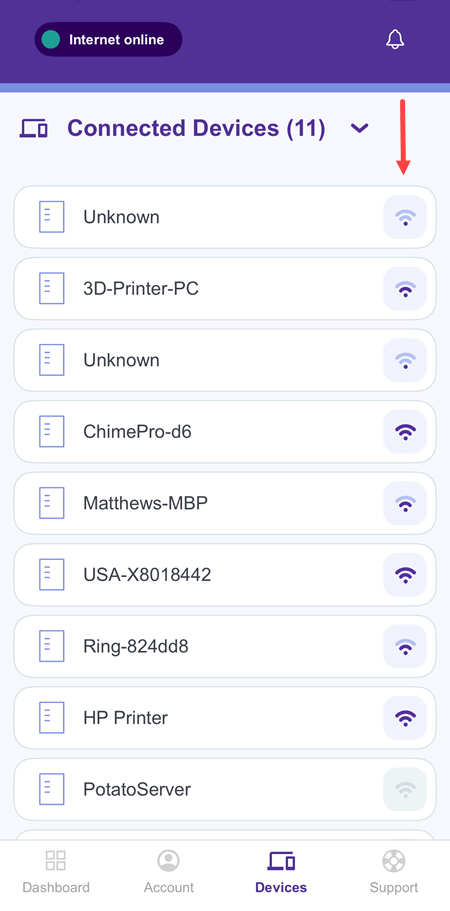
Reboot reboot reboot is our mantra. Most electronics benefit from the occasional refresh. If you're having trouble with connection speeds, try two things:
- Restart your devices by powering them off and back on. This will allow updates to install and clear memory.
- Refresh each device's connection to the network by disconnecting from WiFi (or Ethernet), waiting a few moments, then connecting again.
Every device has different connection speed capabilities. With fiber speeds, older devices in some cases are simply not capable of keeping up, especially on older wireless technology.
You can look up speed specifications from the device manufacturer. Also, try these tips to free up memory and bandwidth, especially on older or slower devices:
- Shut down programs or apps that you're not using
- Close browser windows or tabs that you're not using
- Reduce the screen resolution
- Delete any temporary or unused files or apps
In some cases, you may need to upgrade to a newer device to see the speeds you want.
Your web browser (Chrome, Edge, Safari, Firefox, etc.) plays a big role in your online experience whenever you're surfing the web.
- Keep your browser up to date. Make sure your browser software and all plug-ins and extensions are up to date. You can use a third-party website to do a browser check, or open your browser settings to look for updates.
- Clear cache regularly. Your browser saves data from most websites you visit, which over time can slow things down. Look in your browser settings for "Clear cache" or "Clear browsing history."
For mobile devices, check the operating system to make sure it's up to date. An outdated OS (like Android or iOS) can cause bugs and sluggish performance on smartphones and tablets.
In addition, keep every device protected from malware by installing well-rated security software. Then keep that software up to date to ensure it has the latest anti-virus data. Run a security scan at least weekly, either manually or by setting up an automatic schedule. If you have 360 WiFi, this security is built in to your system. Learn more about security best practices.
Some older devices can’t take full advantage of today’s faster network speeds, particularly over WiFi. In these cases, you may want to connect to your internet service over Ethernet—a wired as opposed to a wireless connection. If you find yourself needing more speed, switching to Ethernet on just one or two key devices may be a good option to improve internet speed.
Tip: Be sure to select a Cat5 or Cat6 Ethernet cable, as older Ethernet types may not be compatible with fiber speeds.
Last resort: Reset your modem
As a last resort, in some cases you may try a modem reset. This is best done when instructed by a tech support agent. The reset returns the modem to its factory default settings, which completely clears the memory and can sometimes fix serious connection or hardware issues. This will also erase any custom settings, including modem admin password and WiFi network password, if you changed them.
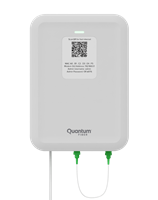
CAUTION: If you have a wall-mounted SmartNID, contact our tech support team before attempting a reset.
Please do not attempt a factory reset without assistance.
Need more help? Chat with us here, in the app, or from the account portal. If you prefer to call, you can do that too.
Related topics
Was this information helpful?









